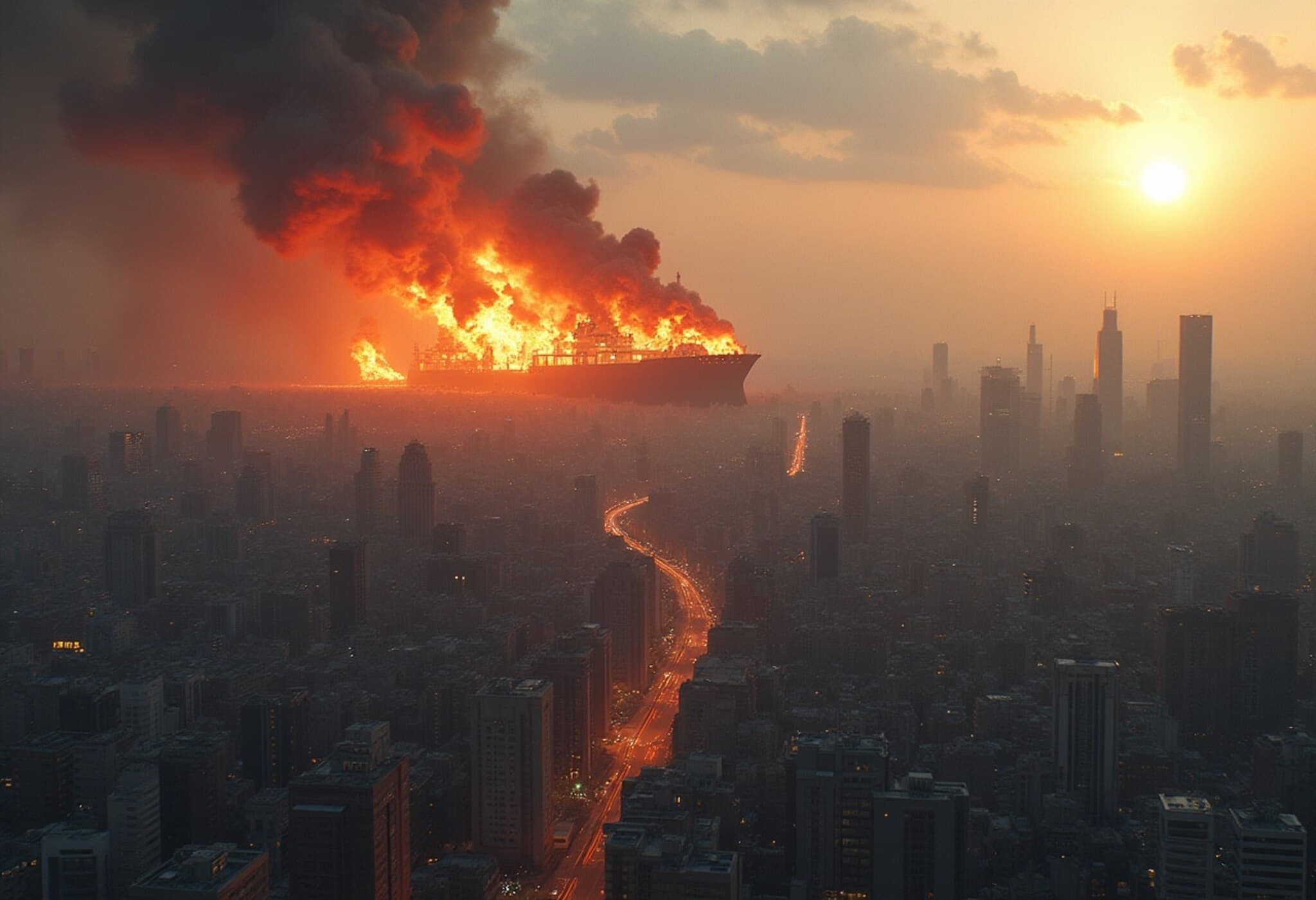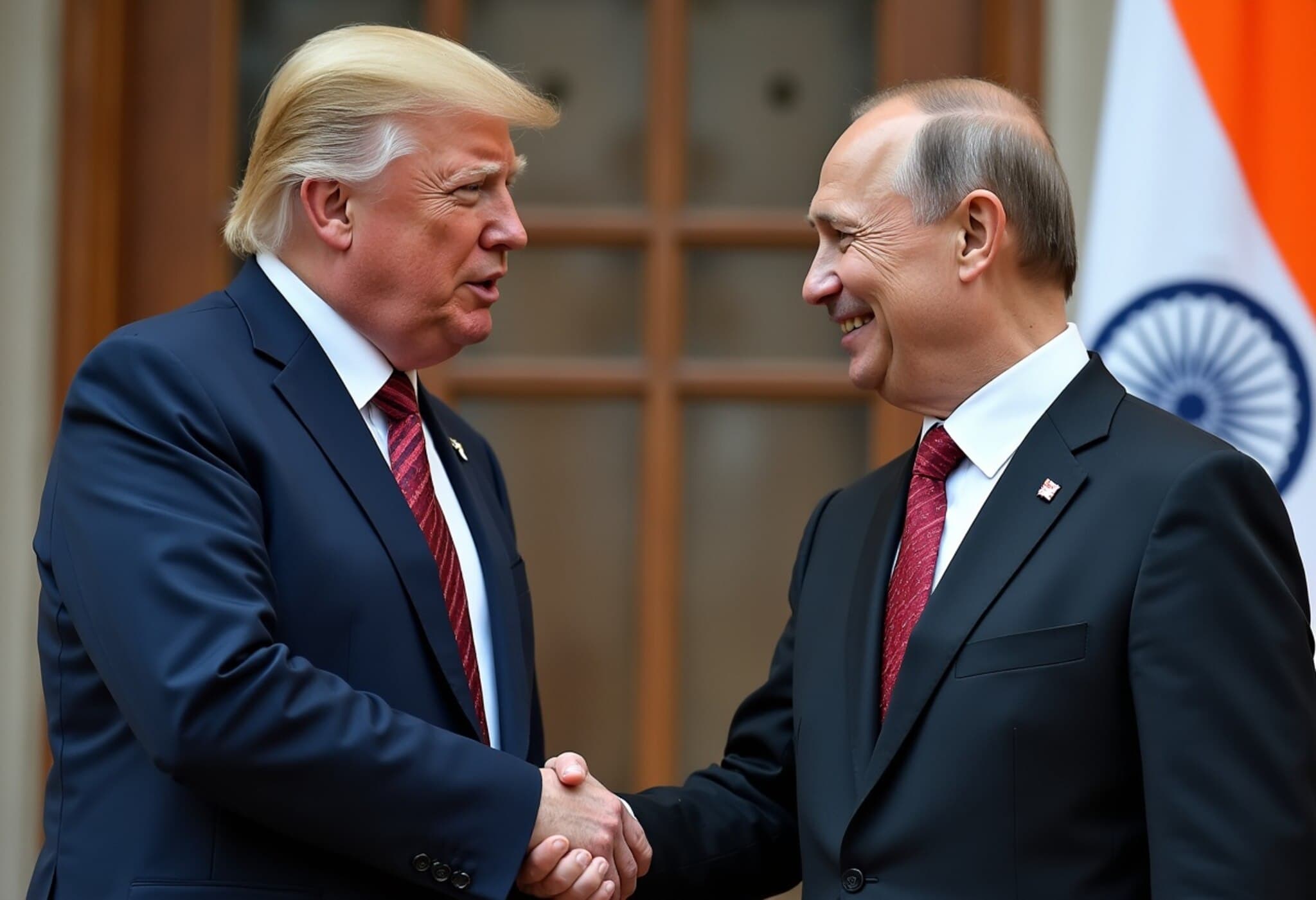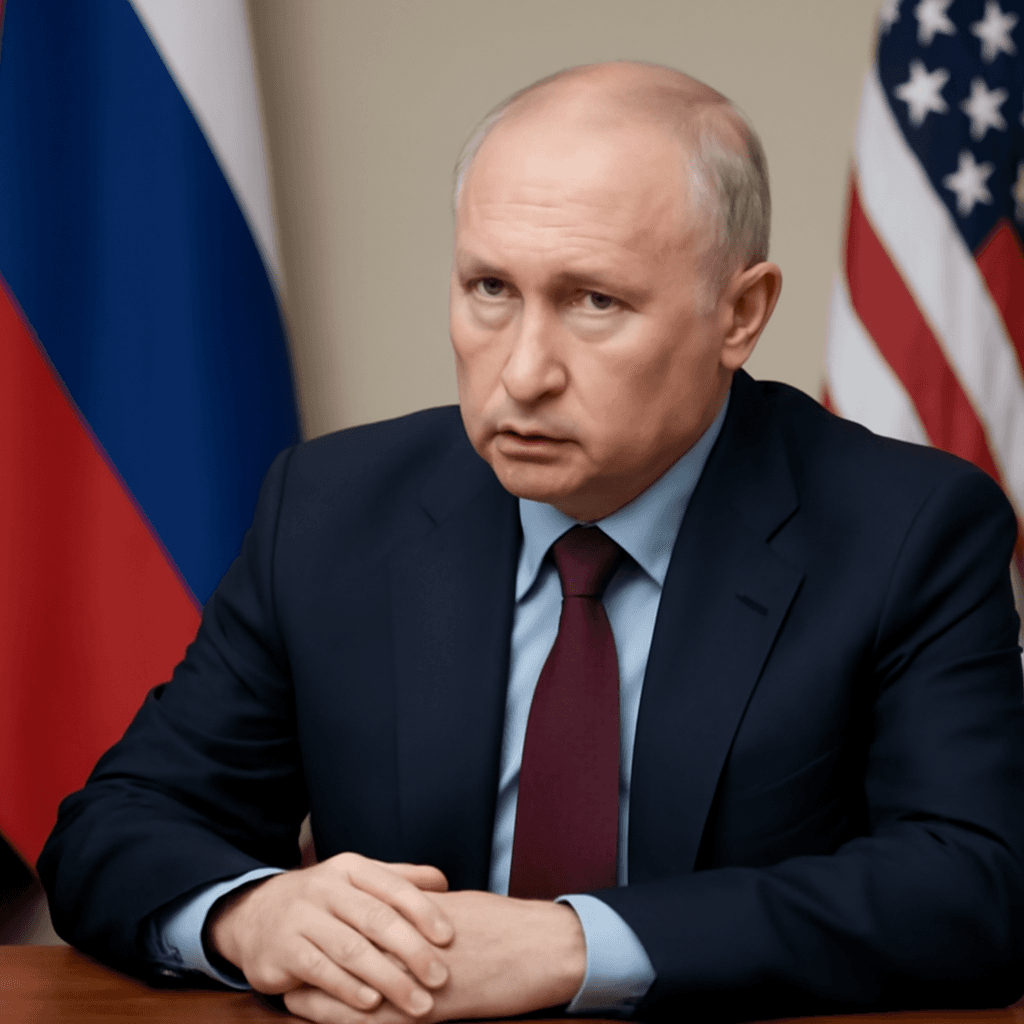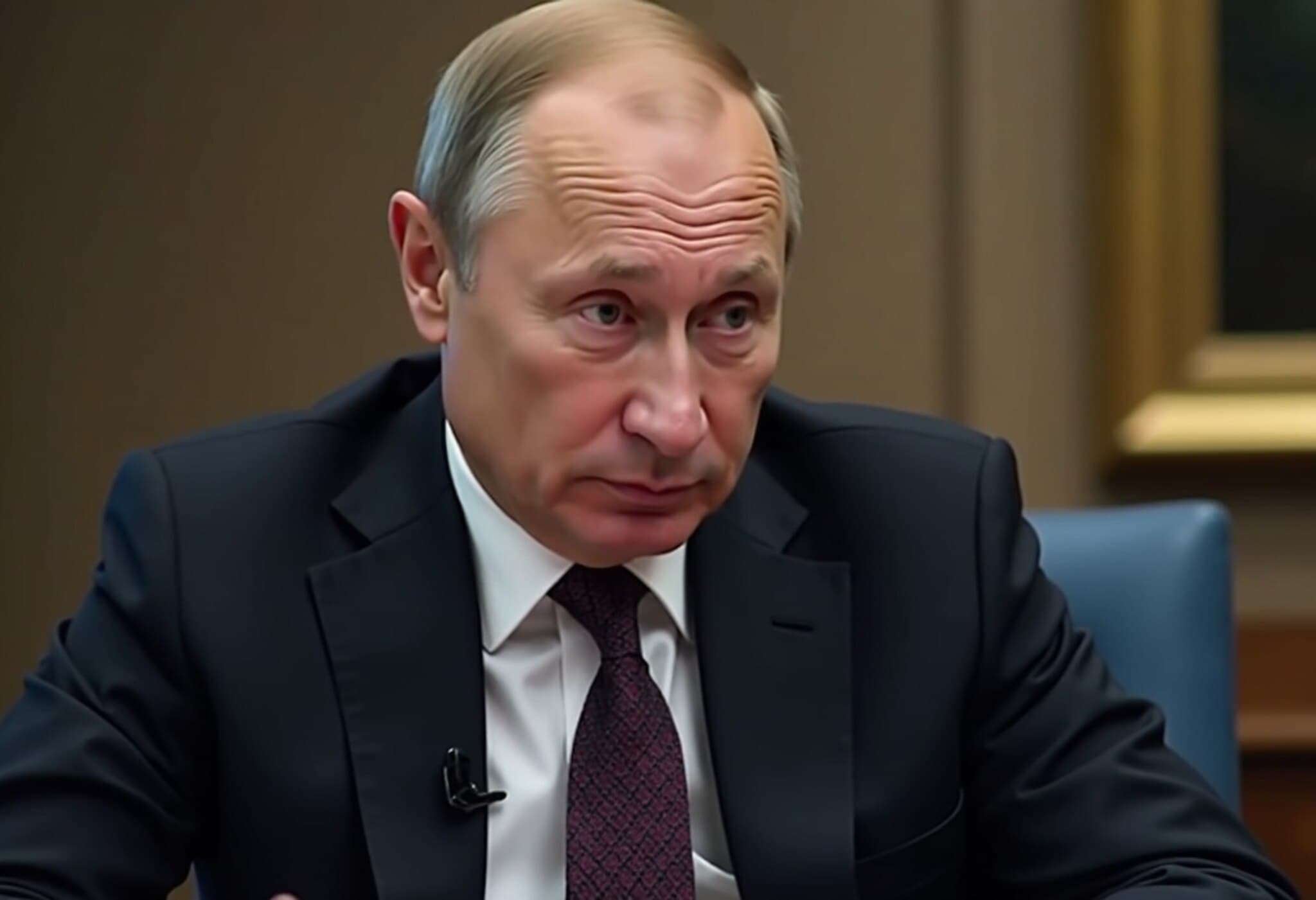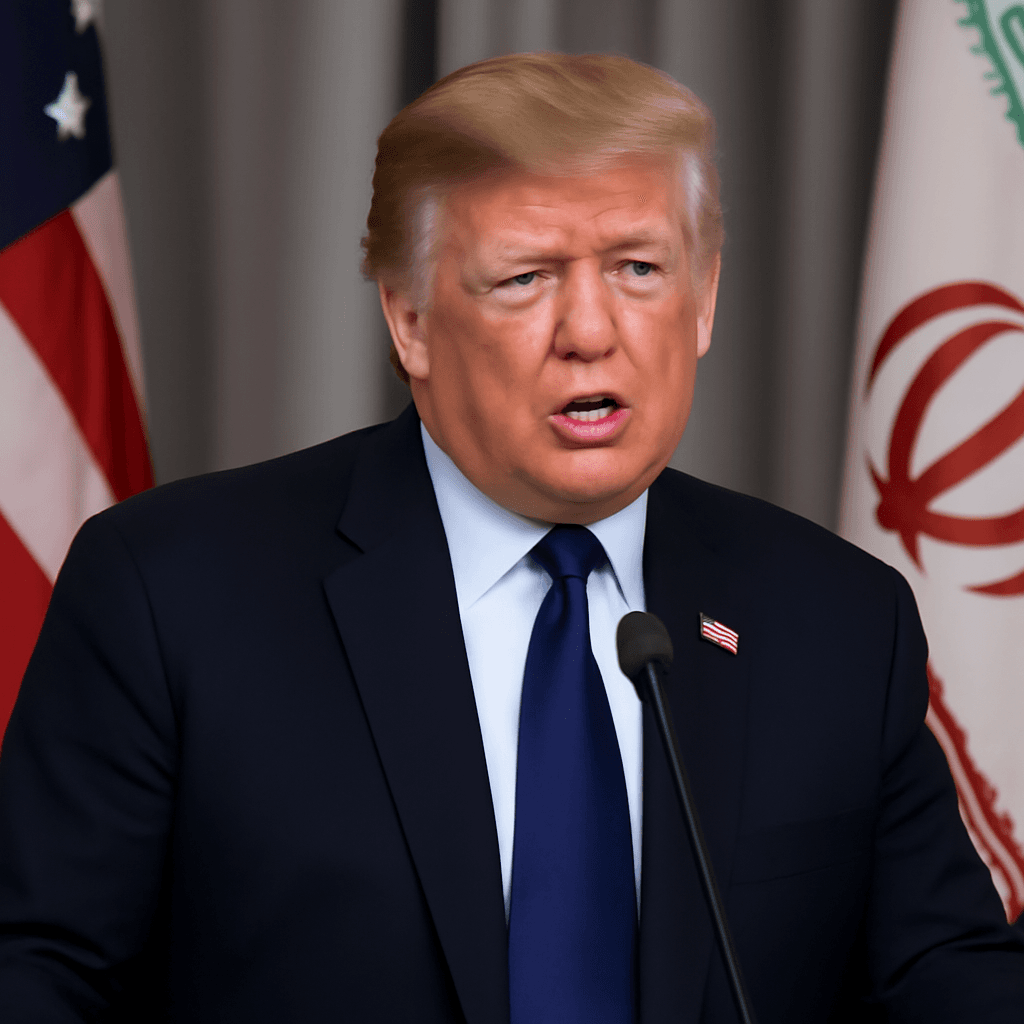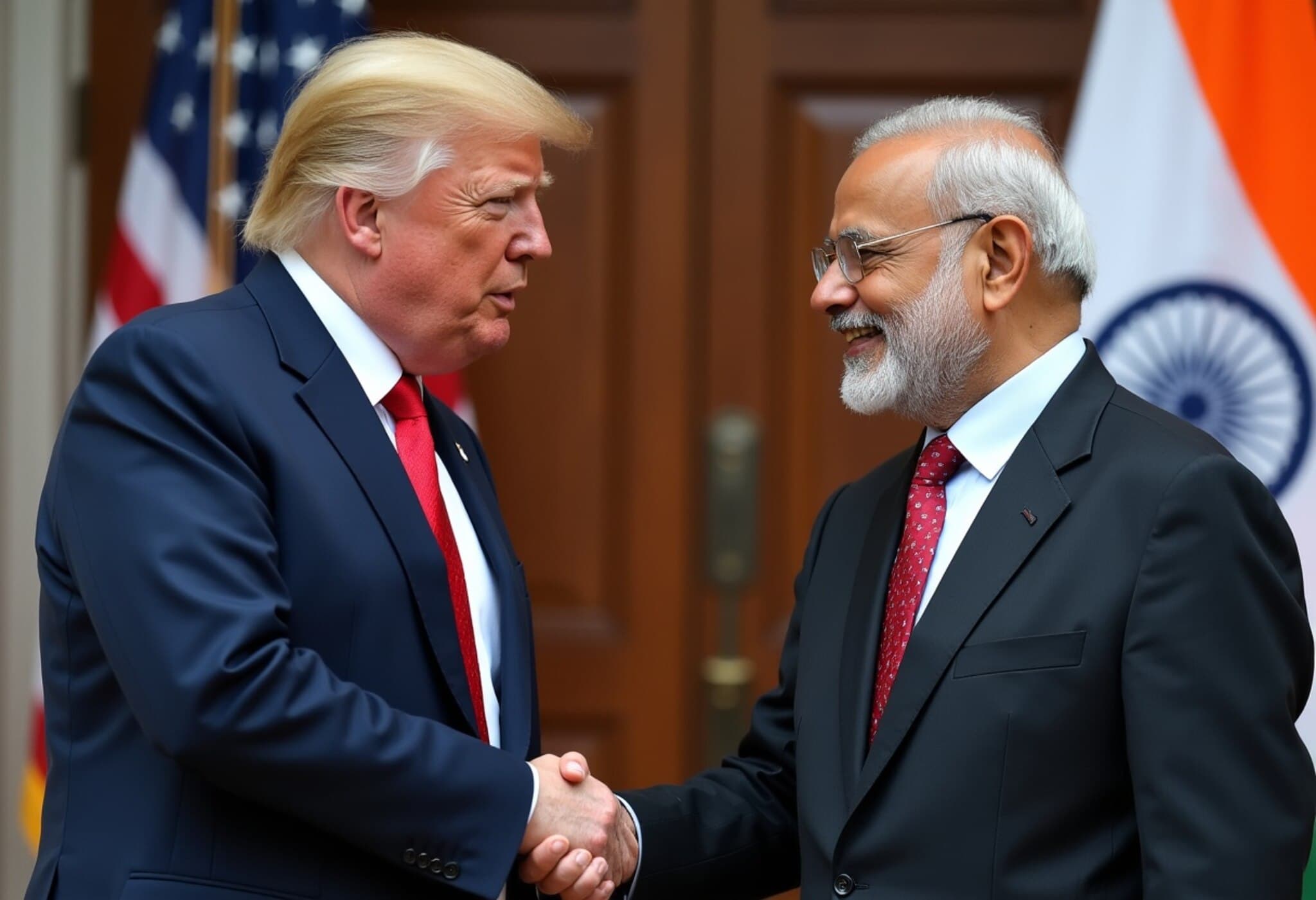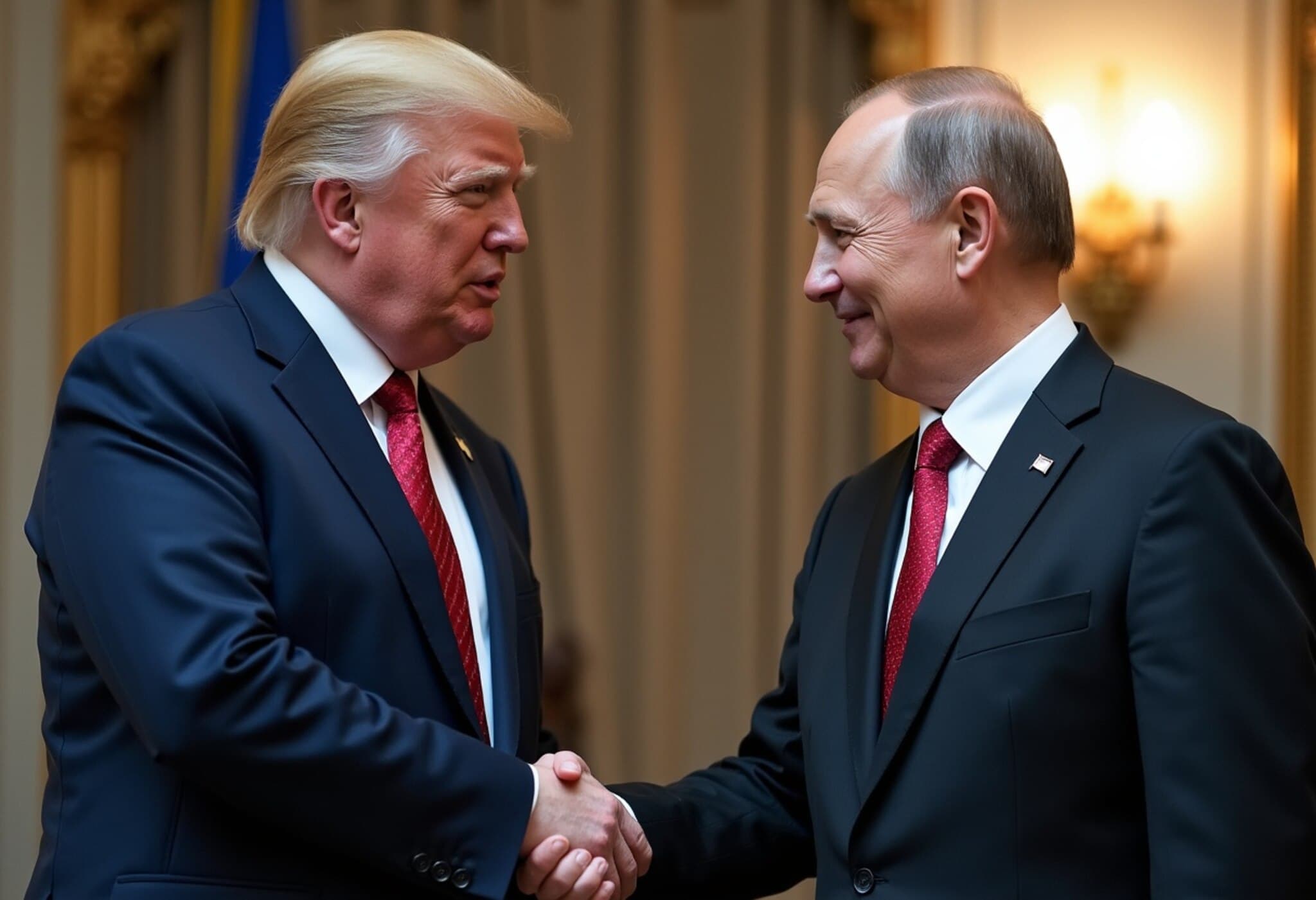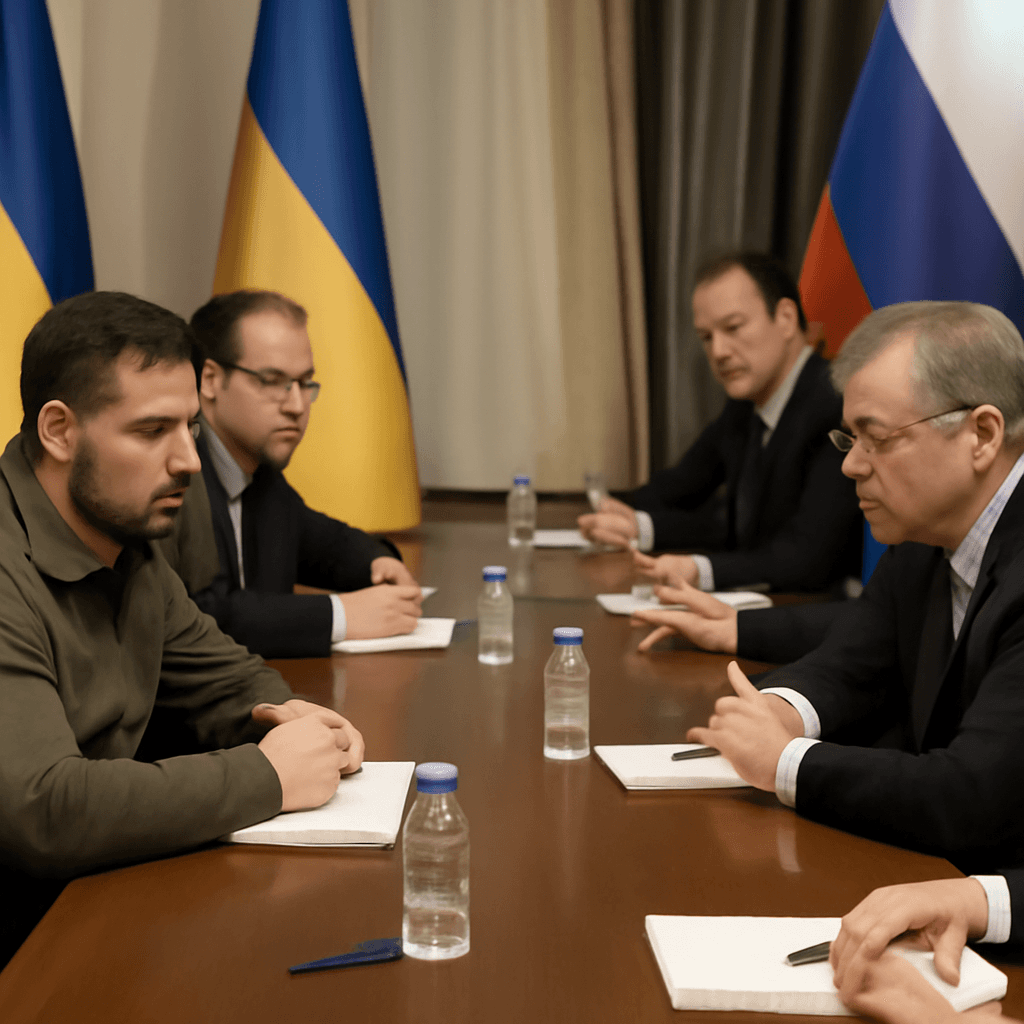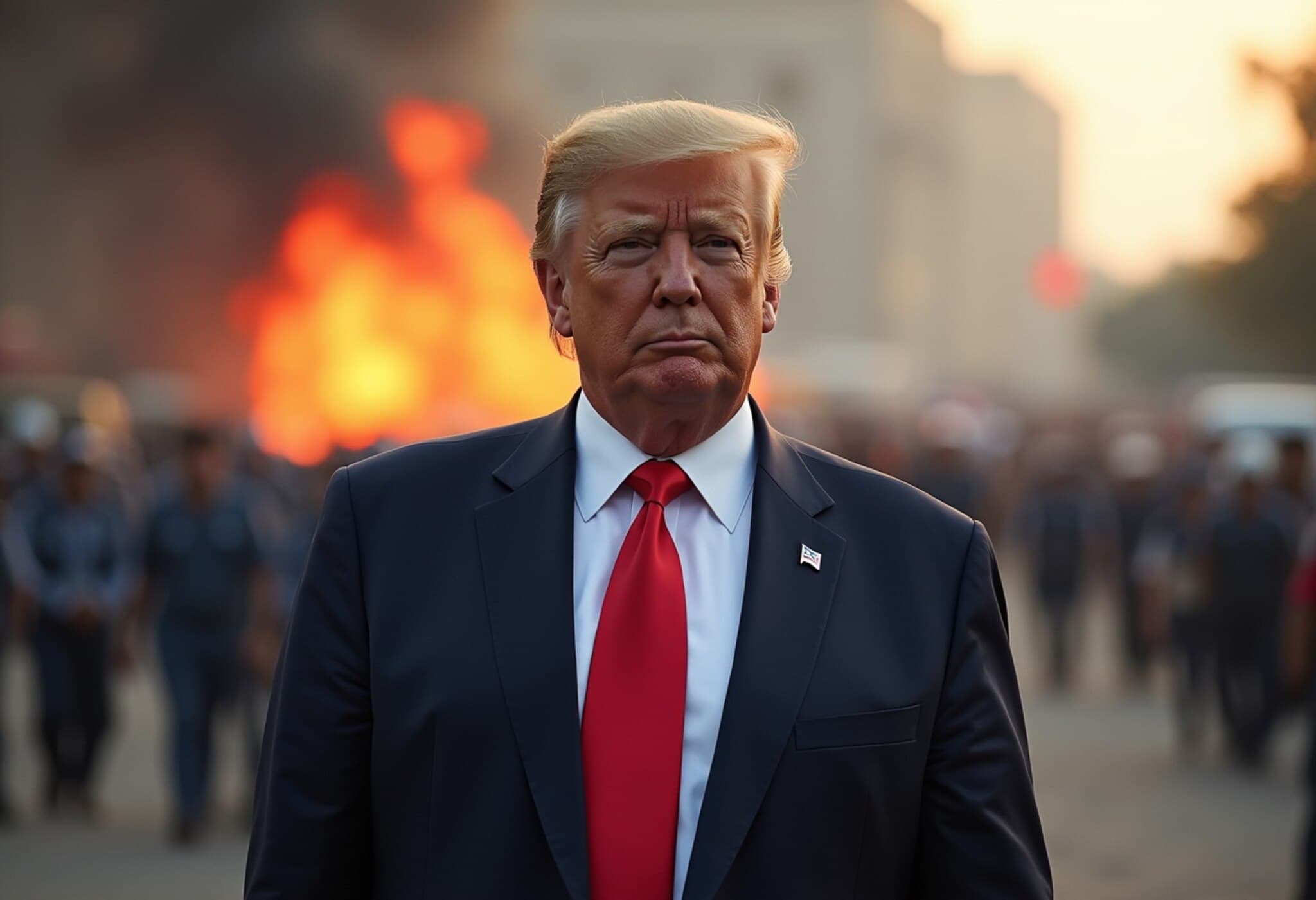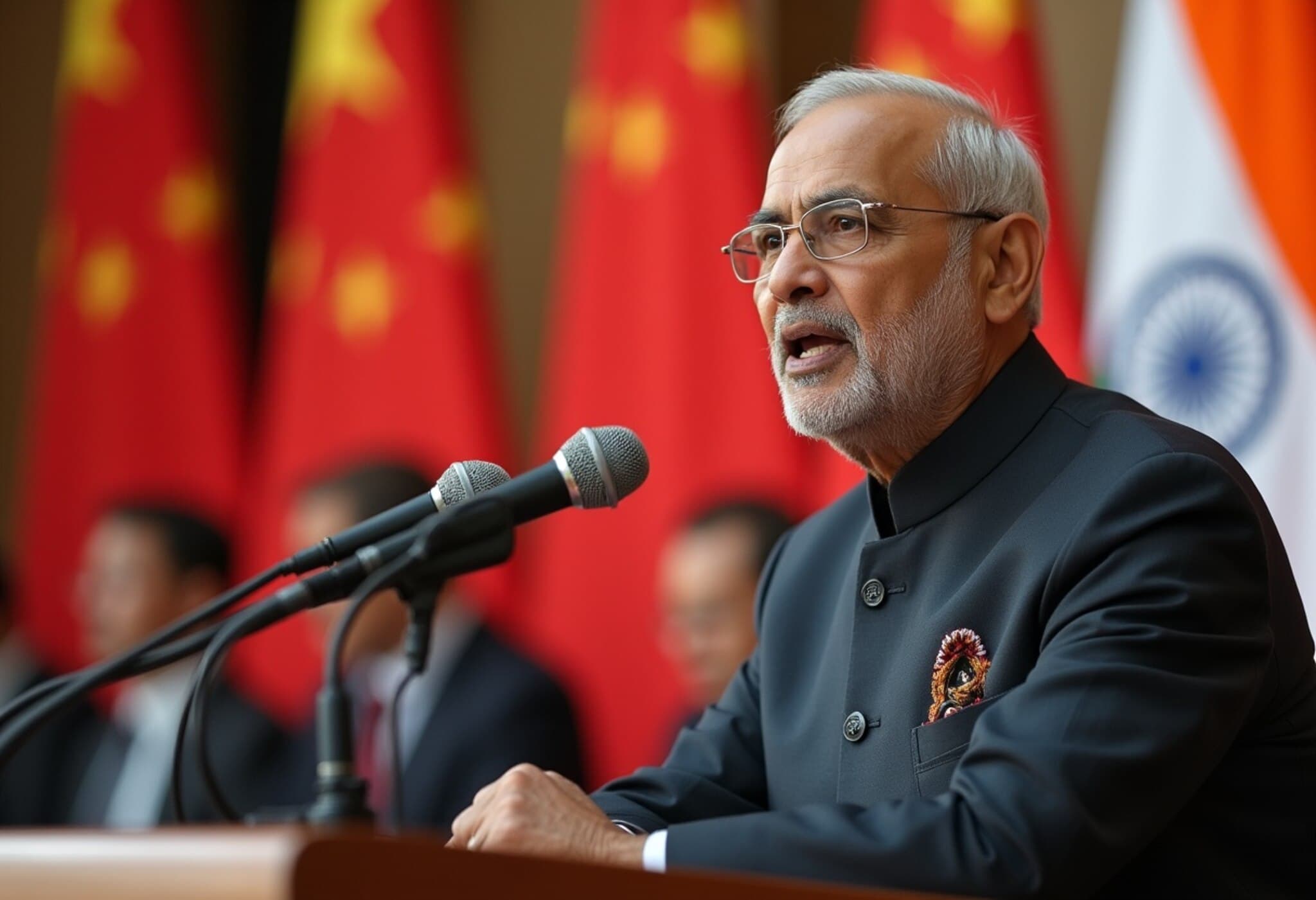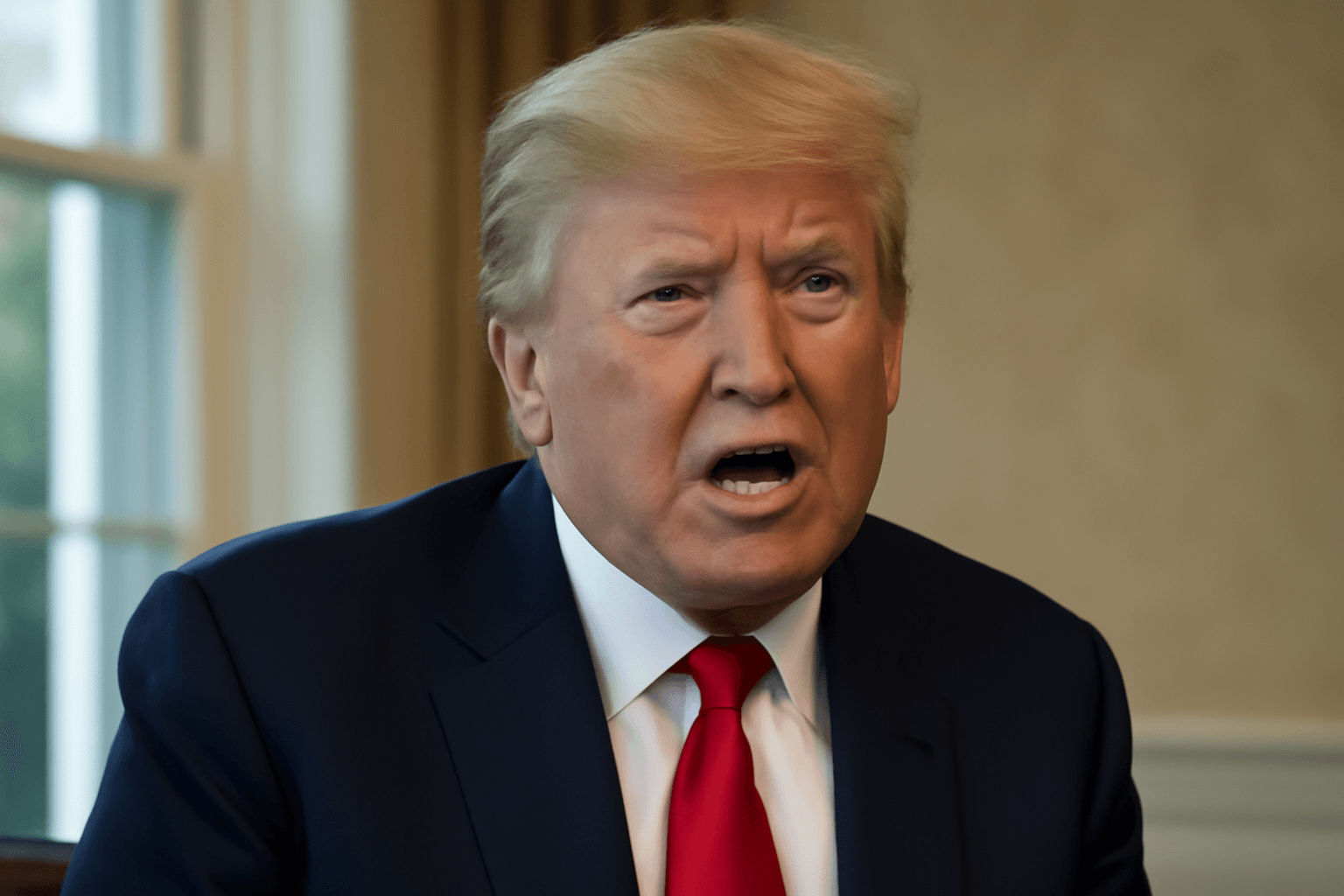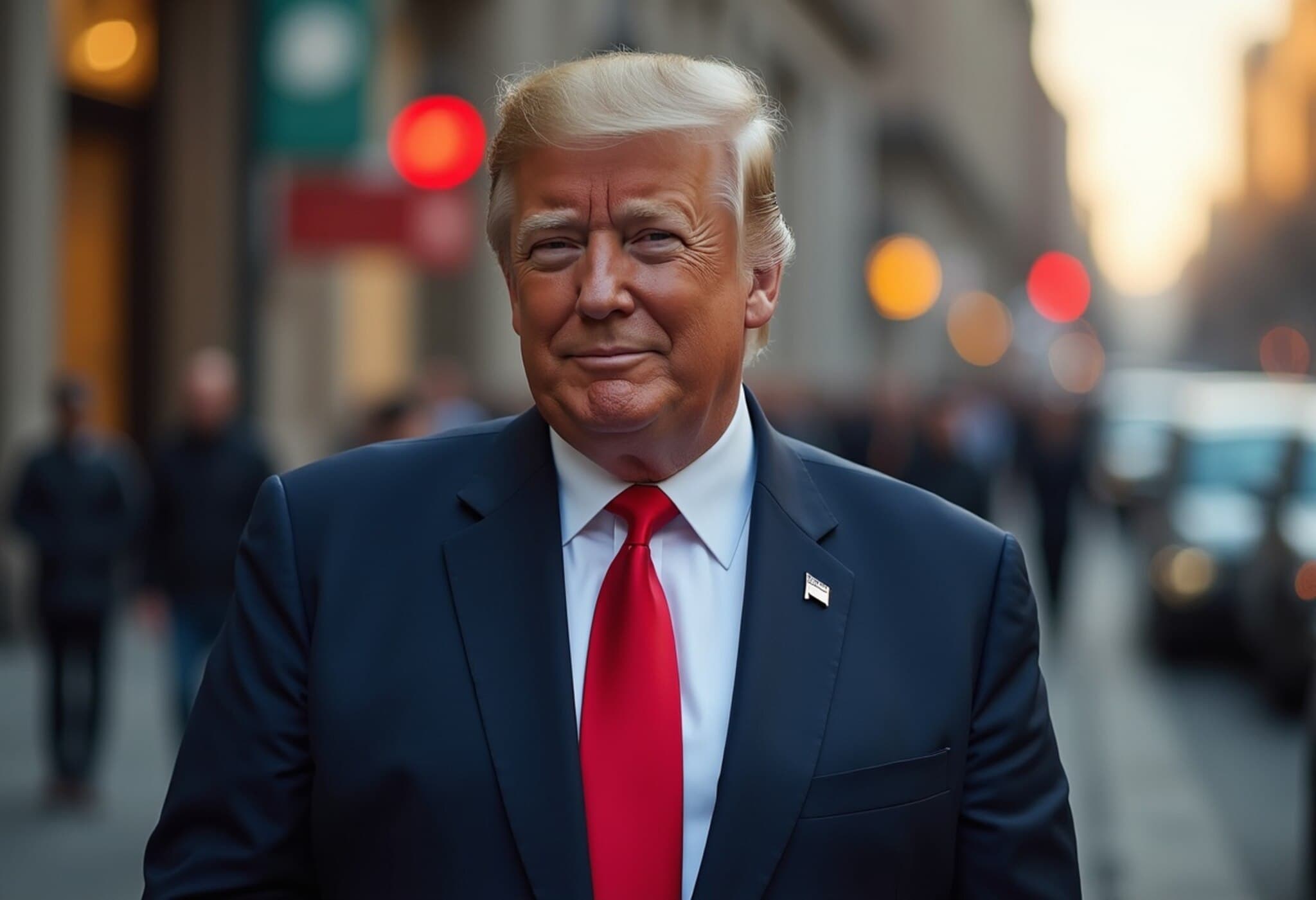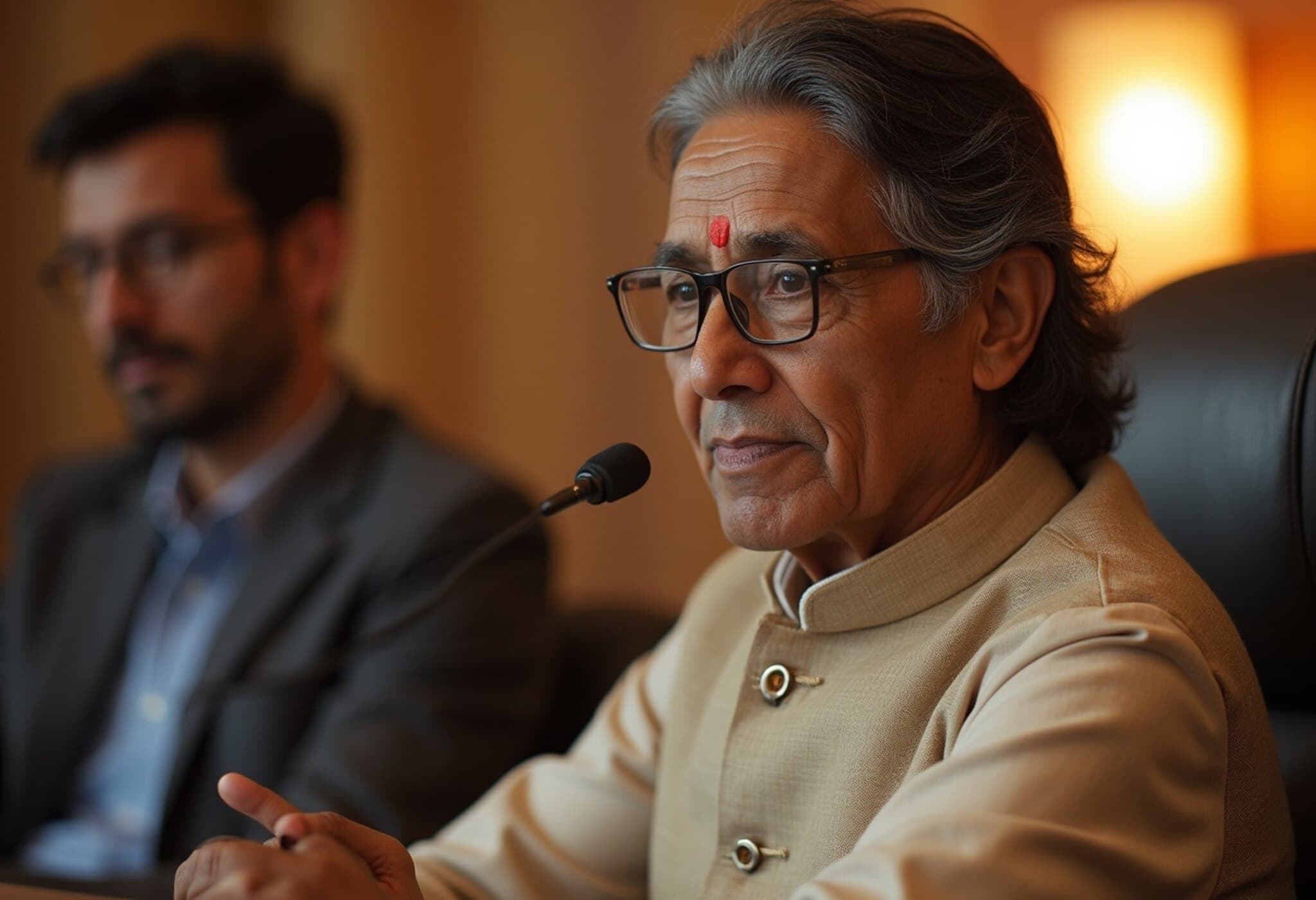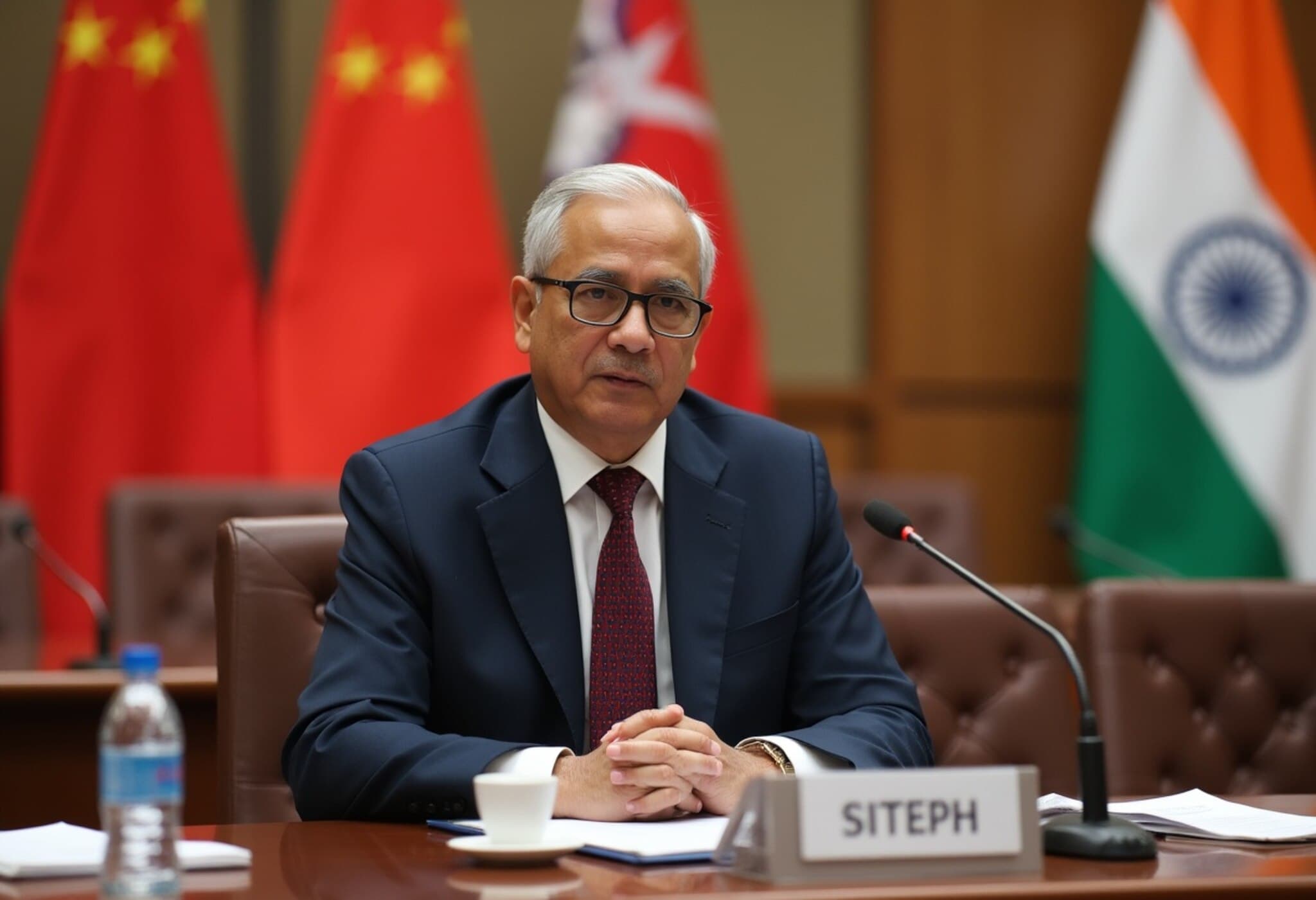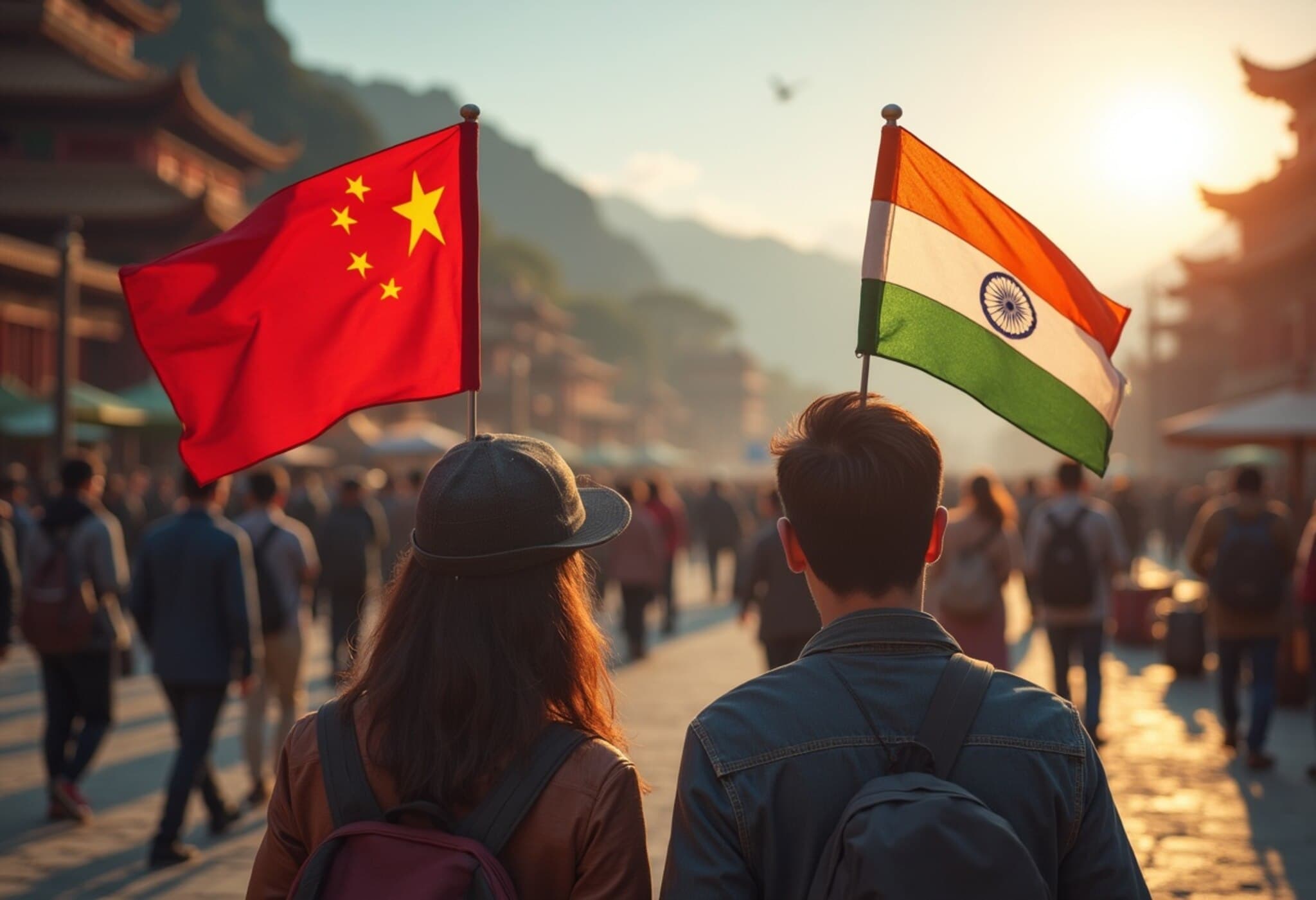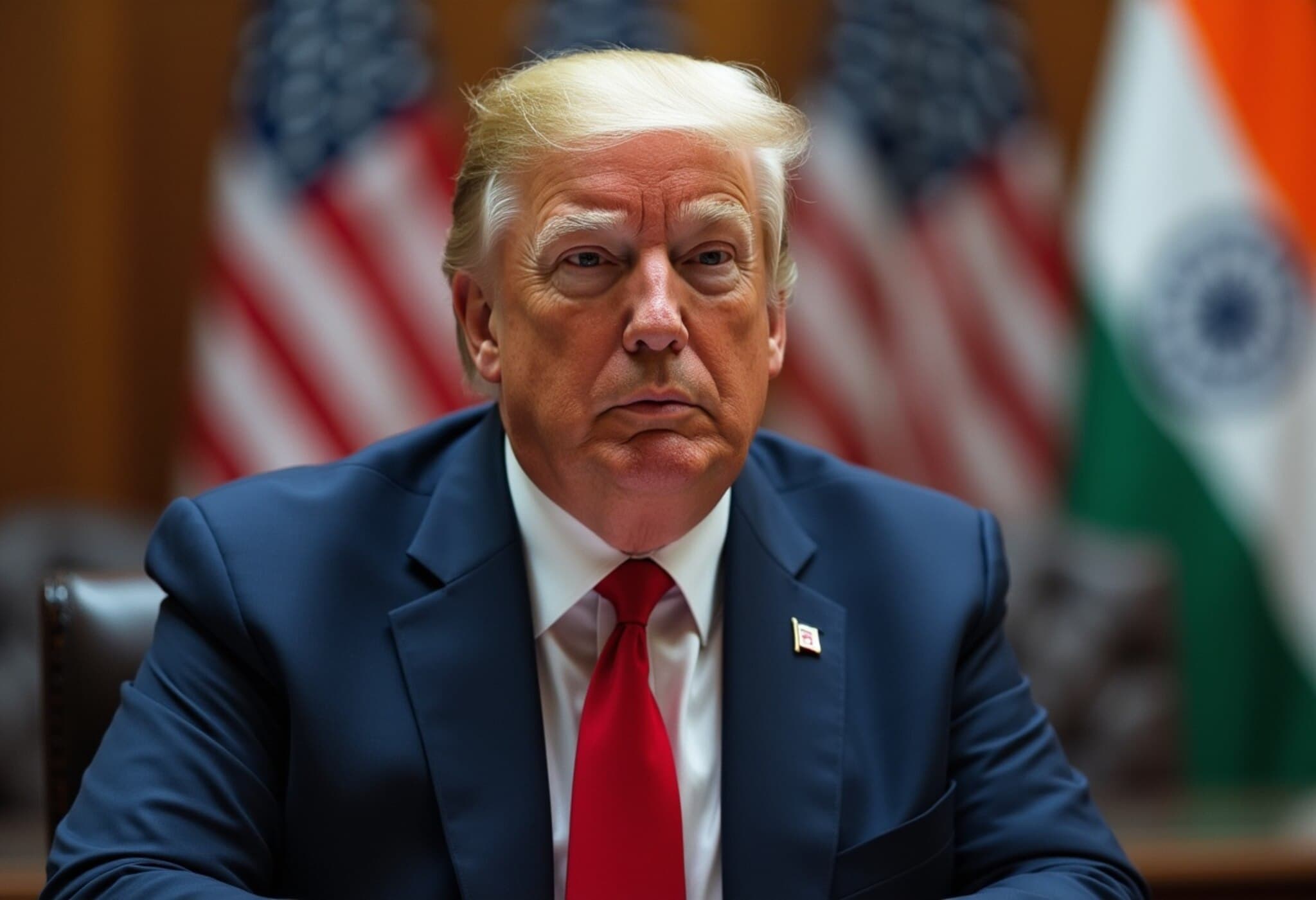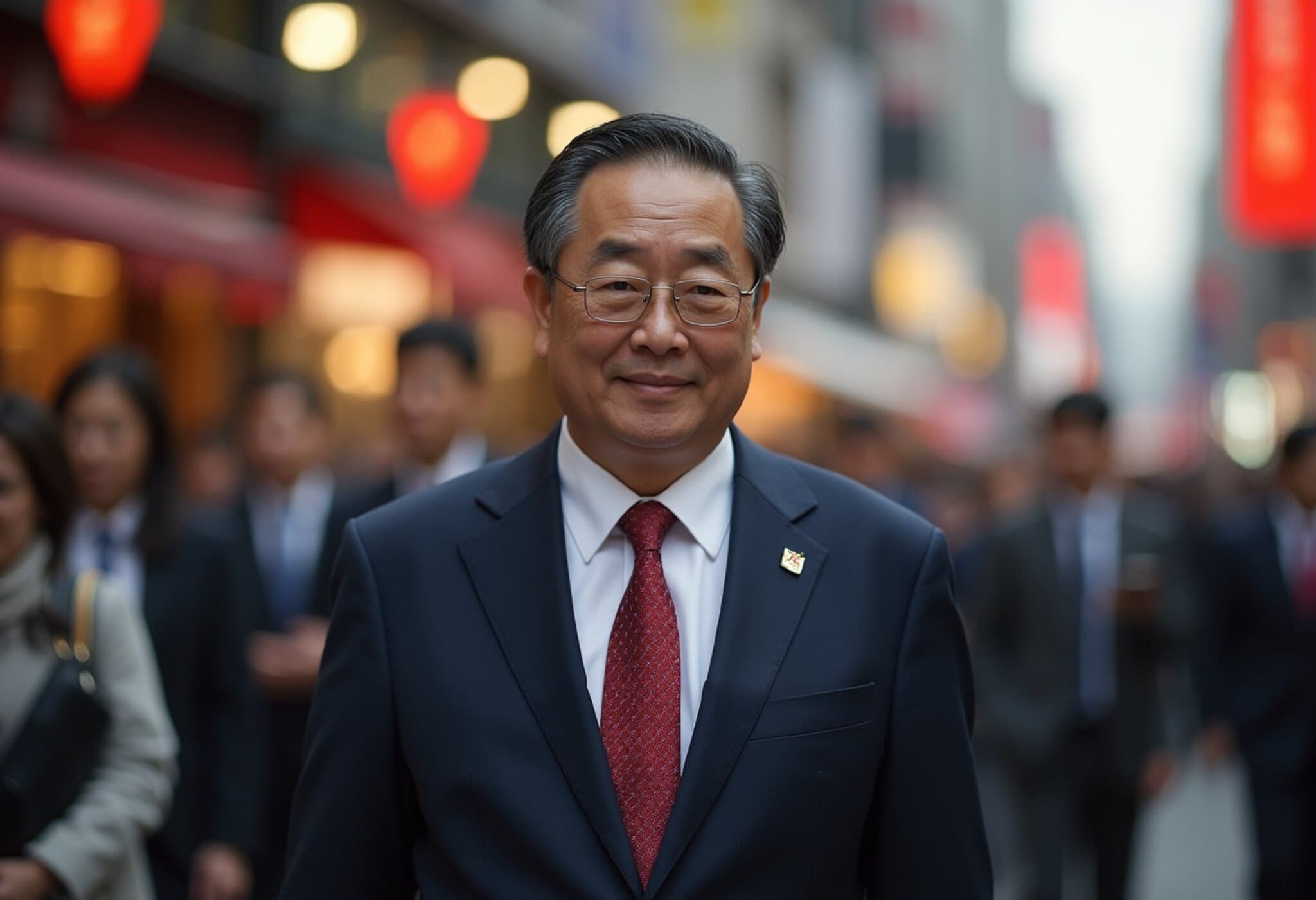India’s Trade Negotiations with the US: Navigating Sanctions and Strategic Interests
As Indian trade negotiators engage in critical discussions in Washington ahead of the August 1 tariff deadline, the complexities of the India-US economic relationship have become increasingly pronounced. Recent threats from US lawmakers and NATO officials propose stringent tariffs and sanctions targeting countries, including India, that maintain energy ties with Russia. In particular, the Sanctioning Russia Act of 2025 aims to impose up to 500% tariffs on buyers of Russian energy, marking a sharp turn in trade diplomacy.
Despite these pressures, India stands firm, underscoring its sovereign right to prioritize the energy security of its 1.4 billion citizens. Energy imports from Russia have surged since the latter’s invasion of Ukraine in 2022, with Russia accounting for nearly 36% of India’s oil imports in the 2024-25 fiscal year. Indian officials caution against what they term “double standards,” especially considering India’s role as a significant exporter of petroleum products refined from Russian crude, including shipments to European markets.
Trade Deal Challenges: Beyond Energy
The negotiations are further complicated by unresolved issues including:
- New tariffs proposed on metals and pharmaceuticals.
- Likely inclusion of additional tariffs on BRICS countries.
- Ongoing disputes around agricultural and dairy sector access.
Notably, Indian farmers’ organizations strongly advocate excluding agriculture from the deal, highlighting risks to domestic livelihoods. The US, as one of the largest agricultural subsidizers globally, maintains policies that shield domestic producers but disadvantage foreign competitors, including Indian dairy farmers. For instance, a recent State Bank of India report warns that opening the dairy sector could translate to annual losses exceeding Rs 1.03 lakh crore for Indian farmers.
These dynamics echo past experiences, such as India’s procurement of the S-400 missile system despite US objections, where Washington eventually granted a waiver, and India’s earlier cessation of Iranian oil imports under US sanctions. The current climate raises the question: will recent tariff threats materialize, or will pragmatic engagement prevail?
India-China Relations: Signs of Thaw Amid Persistent Challenges
Five years after the bloody Galwan Valley clash, India's External Affairs Minister S. Jaishankar’s recent visit to China signals a cautious thaw. Attending the Shanghai Cooperation Organisation (SCO) meeting, Jaishankar emphasized the importance of open dialogue amidst a fraught global scene marked by heightened East-West tensions over Russia.
The visit coincided with several diplomatic gestures, including agreements to resume the Kailash Mansarovar pilgrimage and restore direct flights with relaxed visa protocols. However, underlying issues remain unresolved:
- Despite a disengagement agreement in 2024, troop withdrawals from forward positions at the border have stalled.
- China continues to perceive India as a competitor, expanding military and strategic partnerships, notably with Pakistan, and increasing its regional influence.
- Beijing maintains restrictive export policies on critical goods to India, including rare earth magnets vital for the electric vehicle industry and key fertilizers, impacting India’s agricultural output.
- India grapples with a significant trade deficit exceeding $100 billion with China.
Prime Minister Narendra Modi’s anticipated trip to the SCO Summit in late August will mark his first such visit since the Galwan conflict and could set the tone for future bilateral engagement. Experts underscore the dual necessity of cautious rapprochement balanced with strategic vigilance to prevent regional imbalances.
European Union’s Sanctions on Russia: Ripple Effects in India and Beyond
The latest European Union sanctions targeting Russia’s oil and energy sectors—Russia’s economic lifeline amid its protracted war in Ukraine—have intensified global economic friction. The sanctions entail:
- Ban on imports of Russian fuel refined in third-party countries, affecting Indian exports to Europe.
- Blacklisting of vessels involved in circumventing sanctions.
- Capping Russian crude oil prices at $47.60 per barrel.
India’s strategic partnership with Russian energy giant Rosneft, with nearly 49% stake held by India, makes these sanctions particularly impactful. Nevertheless, India maintains its stance against unilateral sanctions, emphasizing sovereign decision-making amidst complex global alignments.
Kremlin representatives have dismissed the sanctions as "unlawful” while asserting adaptation to the sanctions regime. Meanwhile, Russia’s continued missile and drone attacks on Ukraine have dampened prospects for near-term peace, emphasizing the enduring human and geopolitical toll of the conflict.
Escalating Humanitarian Crisis in Gaza
The humanitarian landscape in Gaza has reached a dire stage, with the United Nations World Food Programme labeling it “the hungriest place on Earth.” Following a deadly weekend in Rafah, where over 50 people were killed near food aid sites, thousands of civilians face acute hunger and deprivation.
Hamas alleges that Israel rejected a ceasefire proposal that would facilitate the release of all remaining hostages held in Gaza. International mediators, including Qatar, Egypt, and the US, have brokered talks for a 60-day truce, involving phased prisoner exchanges. However, a deadlock persists, with Hamas demanding full withdrawal and permanent ceasefire, while Israel insists on unconditional militant surrender.
Meanwhile, in Syria’s Suwayda province, ongoing violence involving Druze and Bedouin groups has claimed hundreds of lives until a tentative ceasefire, agreed upon under US auspices, brought some respite. The multifaceted instability highlights deep-rooted societal fractures across the region, complicating pathways to peace.
Editor’s Note:
This week’s unfolding events underscore the intertwined nature of global geopolitics, where trade, diplomacy, and conflict cannot be viewed in isolation. India's balancing act—between securing energy needs amid Western sanctions, cautiously thawing relations with China, and navigating humanitarian crises—reflects a broader challenge faced by many emerging powers striving to uphold sovereignty while engaging in an increasingly polarized world.
The pressing questions moving forward include: Can India successfully shield its economic interests without alienating critical geopolitical partners? Will India-China rapprochement overcome entrenched mistrust? And in a world fraught with conflict, how can diplomacy pave the way for peaceful resolutions?

